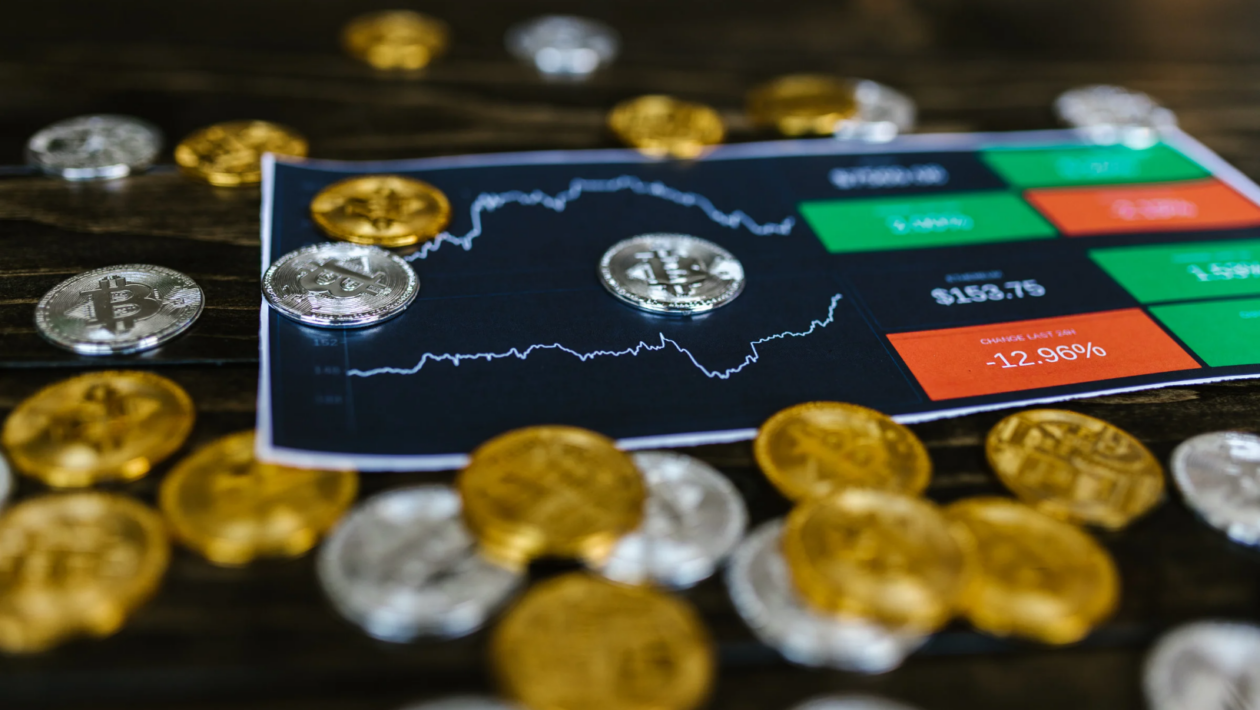“We’re hearing rumors that the SEC would like to get rid of crypto staking in the U.S. for retail customers. I hope that’s not the case as I believe it would be a terrible path for the U.S. if that was allowed to happen.”
That’s the tweet from Brian Armstrong, CEO of Coinbase, that earlier this month started to worry crypto holders in the United States.
The crypto space has long remained a battleground between U.S. authorities — including the Internal Revenue Service, the Securities and Exchange Commission, and Commodity Futures Trading Commission — because of a lack of definitive regulatory ownership and clarity over whether crypto assets are securities, property or otherwise.
Given all that happened in the last year, with the collapse of centralized exchange FTX and lending platforms including Celsius, Voyager, BlockFi and more, many believed the SEC would focus on ensuring that U.S.-based crypto exchanges were compliant with local laws and fully solvent.
SEC Chair Gary Gensler recently stated that crypto assets would again be on the agency’s 2023 to-do list. Observers of the crypto space didn’t have to wait long. Overnight, Kraken announced it would be shutting its crypto-staking service to U.S. customers and pay a US$30 million settlement fine to the SEC. This also comes amidst the IRS petition to U.S. courts requesting information on Kraken users who failed to report federal income taxes between the 2016-2020 financial years.
This leaves other U.S.-based exchanges, including Coinbase, in the firing line of the SEC regarding its staking options available to U.S. customers. Coinbase revealed that US$62 million in revenue was attributable to its staking product across the three months ending Sept. 30, 2022 — a whopping 10% of its total revenue across the same period.
This move against centralized staking products for U.S. customers has been touted as “protecting” vulnerable customers in the fallout from FTX’s collapse. With millions of users affected and billions of dollars vaporized, that’s almost believable.
However, the actions of the SEC over recent days may have the opposite effect, pushing users towards offshore exchanges — as has already been happening since FTX’s collapse — as well as decentralized staking platforms.
So where are we to go from here, and what’s the most likely outcome for crypto investors in the U.S.?
Is banning staking necessary?
The SEC has often taken a heavy-handed approach to cryptocurrency regulation in the U.S., and this latest move is no exception. While regulators genuinely seem to want to protect retail customers from potential fraud, especially after the collapse of FTX, their current approach may have unintended consequences and lead to U.S. users being even less protected than they currently are.
Rather than banning centralized staking providers, regulators should instead address the lack of guidance around both centralized and decentralized staking options.
Since the Ethereum network’s move to the proof-of-stake security model, more than 16 million ETH, or 13.7% of the total supply, has been staked across a range of centralized and decentralized platforms. Clearly, users want to stake their ETH, either from the standpoint of contributing to the security of the network or simply to attract yield on their tokens.
As of today, centralized staking providers account for almost a quarter of all staked ETH, with Coinbase (11.4%), Kraken (6.9%) and Binance (5.2%) leading the way.
Given the requirement of holding 32 ETH in order to become a solo staker on the Ethereum mainnet, not to mention the technical difficulties of becoming a validator, many retail users have found the barrier to entry much lower via centralized staking providers, including Kraken and Coinbase.
The devil in the details
Currently, centralized exchanges have a monopoly on the payouts of staked funds, retaining as much as 30-40% of profits. In addition, customers staking via a centralized exchange may carry all of the risks in the event of a hack or lost funds.
While this is also true of decentralized staking avenues, much of this information is detailed within terms and conditions rather than attractive marketing, which may imply guaranteed yield, leaving users unaware of the actual level of risk they may be exposed to for a 5% return.
The SEC should instead focus on creating greater regulatory clarity within the crypto space. With examples from 2022 of the rehypothecation of user funds to generate yields, crypto staking could provide the perfect opportunity for regulation to enable safer crypto custody and storage rather than imposing bans and penalties.
If centralized staking is banned for U.S.-based crypto customers, they will instead look to offshore exchanges in a similar fashion as they did after FTX’s collapse. In tandem, other users may look to decentralized staking platforms such as Lido or RocketPool, relying on smart contracts rather than regulated U.S.-based crypto exchanges.
If offshore exchanges with little to no know-your-customer and anti-money laundering (KYC/AML) compliance end up being a major beneficiary of the SEC cracking down on U.S.-based and regulated centralized exchanges, “consumer protection” may be the least likely outcome.
Decentralized platforms are not perfect and come with their own risks, such as hacks, smart contract compromise, or loss of private keys. However, encouraging users to self-custody instead of staking via centralized exchanges may solidify crypto’s longer-term prospects as more return to the roots of what true cypherpunks envisaged in the early days of crypto.
Go ahead and ban centralized staking
Thus far, U.S. regulators appear to be grappling with how quickly the crypto space continues to grow, trying their best to keep up. In the middle of the current U.S. tax season — and following a year that many in the crypto space are hoping to forget — regulators that are looking to crack down and ban certain aspects of crypto will likely push the problem to other jurisdictions, which would result in far less protection for the average investor.
Banning should be a last resort and only after careful consideration in combination with sound regulatory guidance. It’s also unclear whether bans will have any intended effect on protecting consumers who wish to stake. Still, in current circumstances, participants and developers will adapt and find easier ways to continue staking their tokens — with or without the SEC.





